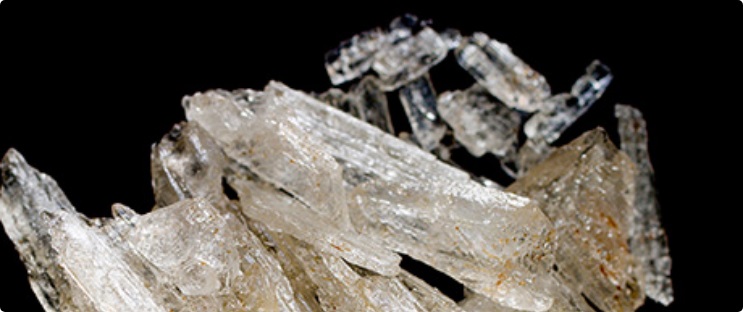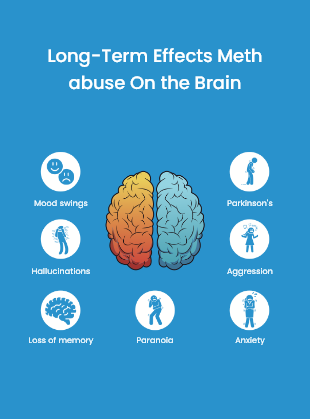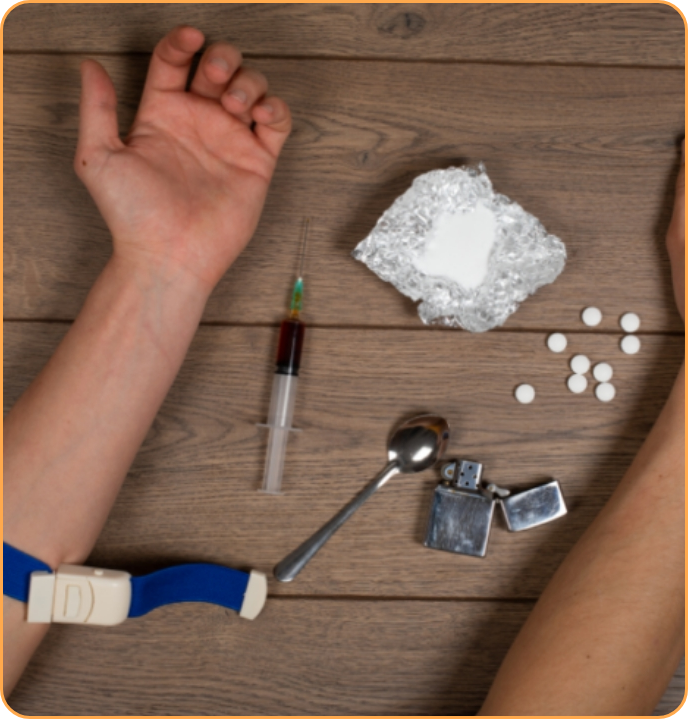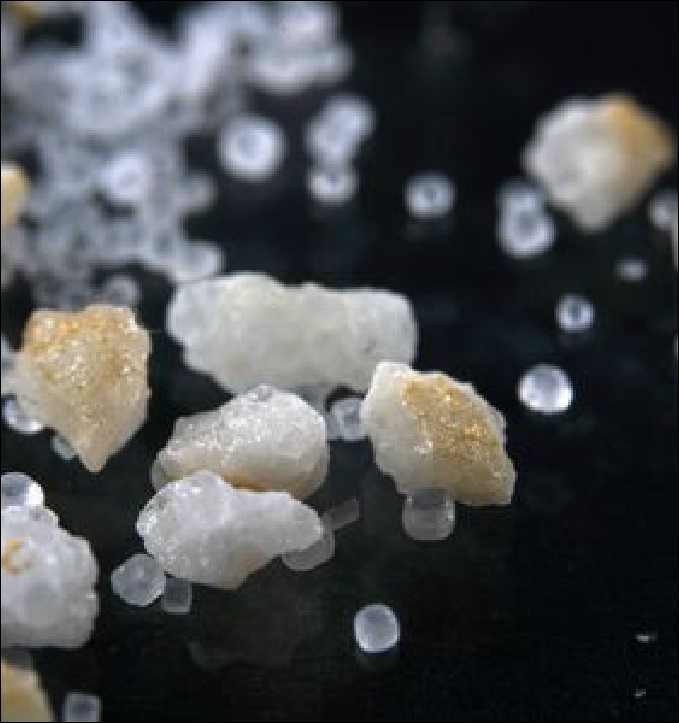Our greatest glory is not in never failing, but in rising up every time we fail.
Ralph Waldo Emerson


0.2% of 8th graders, 0.3% of 10th graders, and 0.5% of 12th graders reported using methamphetamine in the past 12 months (2022 report).
0.9% of people aged 12 and older reported using methamphetamine in the past 12 months (2021 report)

Methamphetamine (meth) is a powerful, highly addictive, stimulant that affects the central nervous system. It takes the form of a white, odorless, bitter-tasting, crystalline powder that dissolves easily in water or alcohol.
Methamphetamine was developed early in the 20th century from its parent drug, amphetamine, and was used originally in nasal decongestants and bronchial inhalers. Like amphetamine, methamphetamine causes increased activity and talkativeness, decreased appetite, and a pleasurable sense of well-being or euphoria.
What it Feels Like
Meth travels into your brain, specifically to the reward center where dopamine is stored. One hit of meth releases approximately 1200 units of dopamine, six times the maximum quantity that the body releases on its own.
Meth can also come in a liquid form for the purpose of smuggling the substance by appearing as apple juice or other such liquids. After transport, the water is boiled away, leaving the pure drug in a solid form.






Meth can cause many painful, uncontrollable, effects that interfere with quality of life. The list below states specific effects.
Long Term Effects
Short Term Effects

According to the federal Drug Enforcement Agency (DEA), methamphetamine is a Schedule II stimulant, which means that it has a high potential for abuse.
Meth can also cause people to pull away from friends and family. It can twist the perception of reality, so a person using meth can become violent and dangerous to anyone around them at any time. People who are addicted to meth will often resort to crime to obtain the money for their fix.
